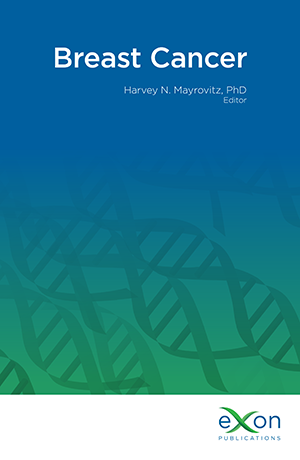Measuring Breast Cancer-Related Lymphedema
Main Article Content
ABSTRACT
Breast cancer-related lymphedema (BCRL) presents as swelling in the arm, hand, trunk, or breast at varying times after completion of breast cancer treatment. The reported incidence of BCRL varies widely in part due to its dependence on the type and extent of the treatment, pre-treatment risk factors, and the criteria used to define its presence. Central to this issue are the various quantitative measures that are used to specify lymphedema thresholds for its detection and tracking over time and during treatment. The goal of this chapter is to discuss these issues and the methods available for the non-invasive quantitative assessment of BCRL. Operational principles, advantages and limitations of the various methods, their clinical history of use, and effectiveness are discussed. Covered methods include those used to assess and monitor lymphedema-related changes in tissue water at any anatomical site and also methods used to assess changes only in limbs.
Downloads
Metrics
Article Details

This work is licensed under a Creative Commons Attribution-NonCommercial 4.0 International License.

